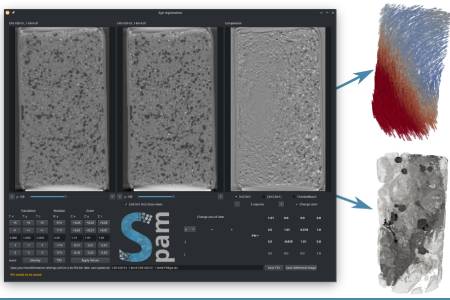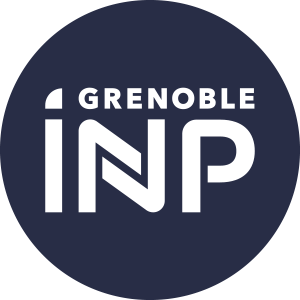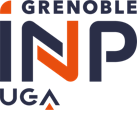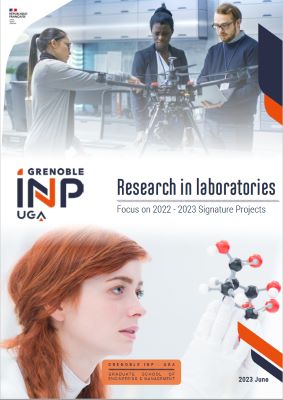
Analysing the 3D images produced by X-ray or neutron tomography is not a simple task. Researchers can now call on the help of open-source software developed by the 3SR* laboratory and awarded the French Ministry for Higher Education & Research prize for open scientific tools helping to share knowledge and data.
The software, SPAM, is designed to compare images of materials taken at different moments in order to study behaviour in detail. Thanks to image correlation techniques, the software generates cinematic fields, data on displacement and distortion, and thus provides an accurate view of changes in a material, i.e. its deformations, breaks or development under various conditions. ‘The idea is to determine the transformation of an initial image into a final image, to understand what happened at the core of the matter’, explains Emmanuel Roubin, lecturer at Grenoble Alpes University and researcher at 3SR.
What distinguishes SPAM from similar tools is its open-source software status and the high quality of its documentation. While some proprietary software solutions act as ‘black boxes’ and alternative open sources often lack standardisation, SPAM has succeeded in rallying an active community around its development. ‘It’s accessible to everyone, even novice users, thanks to clear and detailed documentation’, Emmanuel Roubin points out. ‘Above all, it is run by an international community which develops the solution beyond its initial creator.’
A range of applications, from material mechanics to biomechanics
At the 3SR laboratory, SPAM is applied to the study of geo-materials such as concrete, clays or bio-sourced materials. In other institutions, it is used in biomechanical research, particularly on soft tissues, bones or the heart. Research on energy materials, such as batteries, can also benefit from its capabilities.
SPAM is constantly evolving. Originating in 2020 from the thesis led by Olga Stamati under the supervision of Emmanuel Roubin and Edward Andò (now at EPFL), it is currently being actively co-developed at 3SR. The researchers regularly integrate new methods and features resulting from scientific advances. The software is used extensively on a worldwide scale. ‘SPAM is currently a feature in most European synchrotrons and is used by teams in Japan, the USA and Australia’, Emmanuel Roubin tells us. And this is only the beginning!

*CNRS / UGA / Grenoble INP - UGA
From left to right in the opening photo : Emmanuel Roubin, Edward Andò and Olga Stamati



